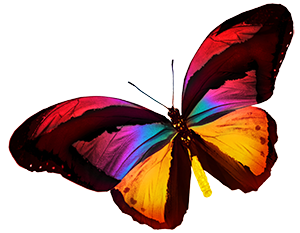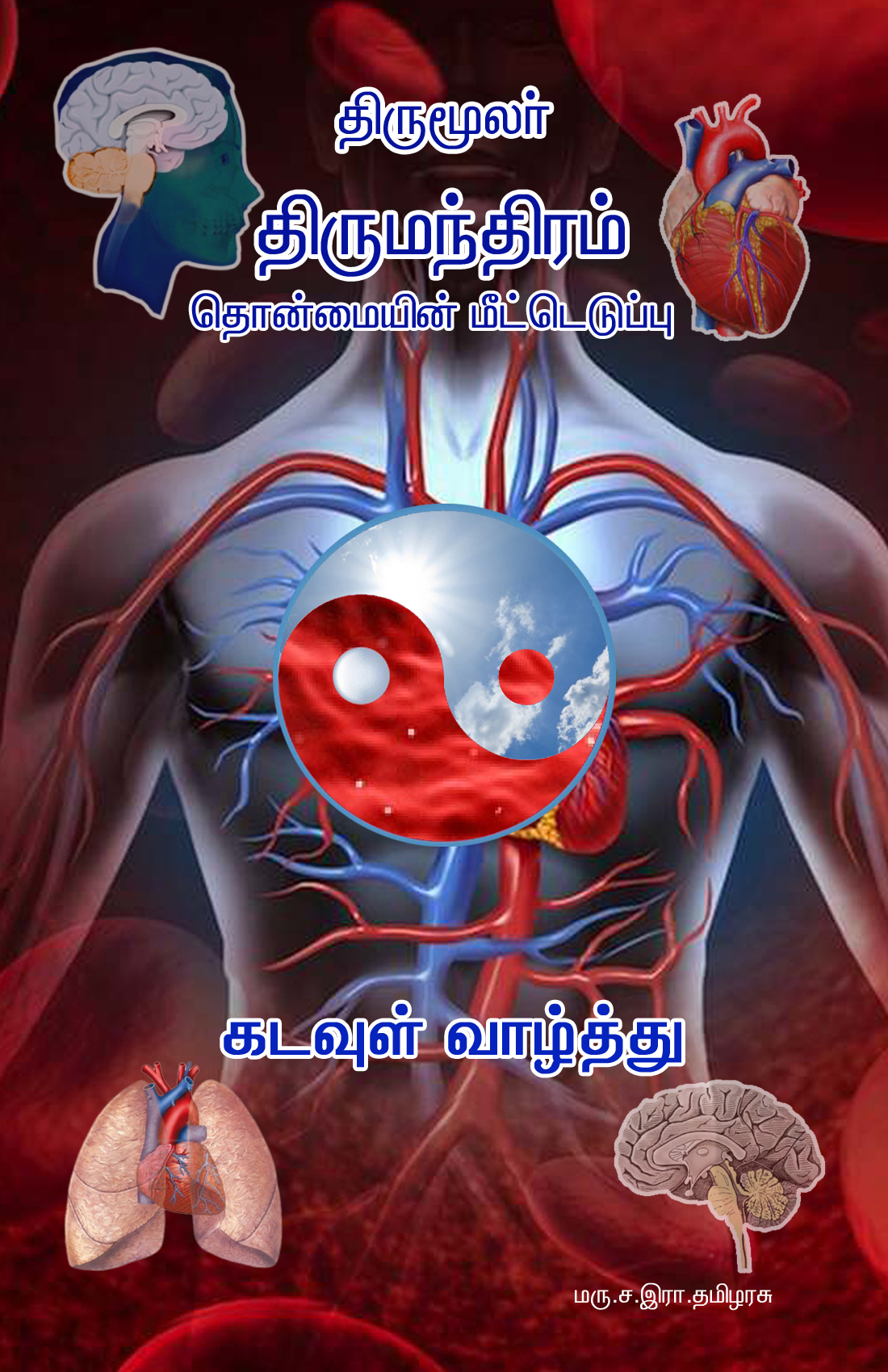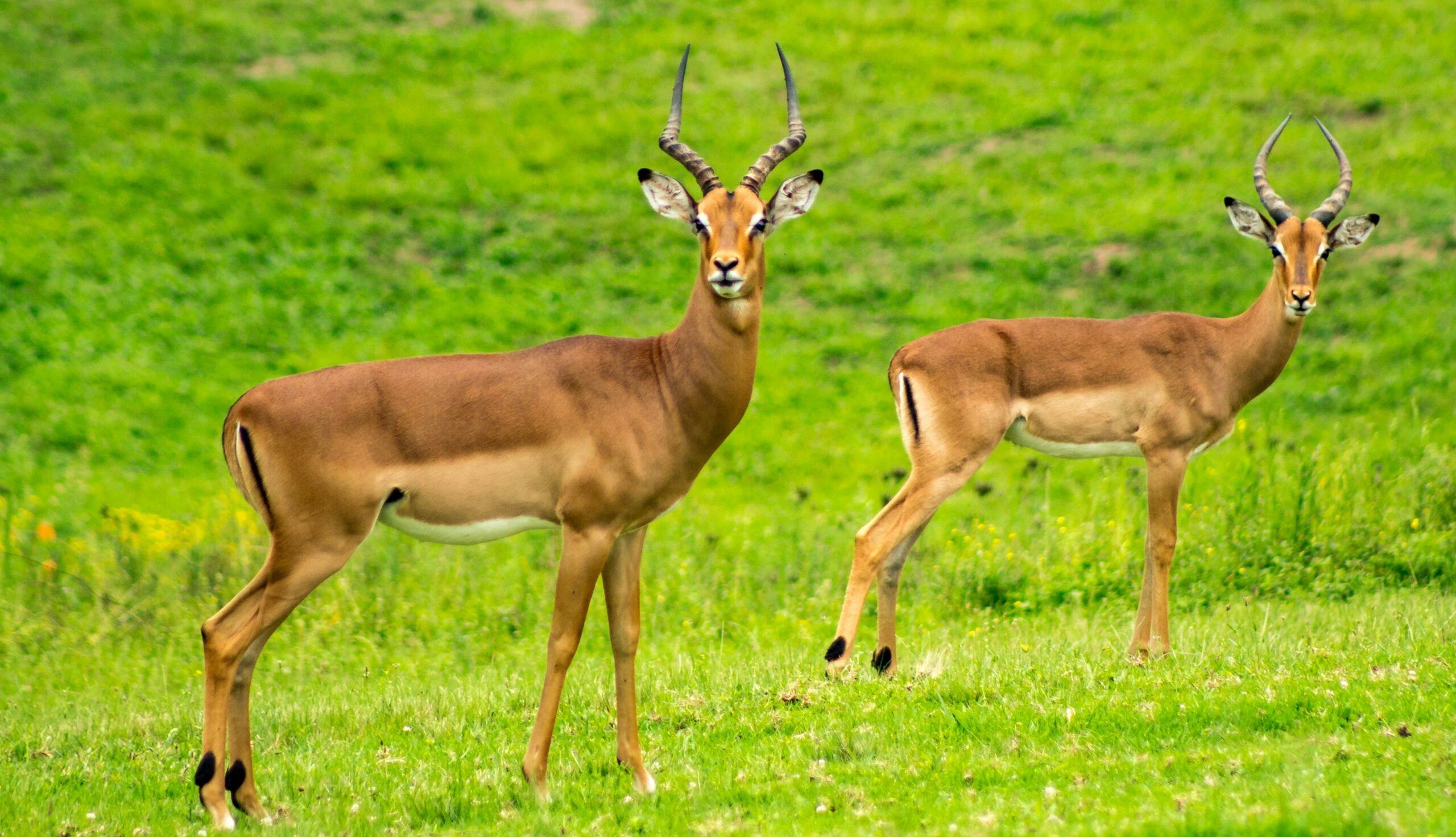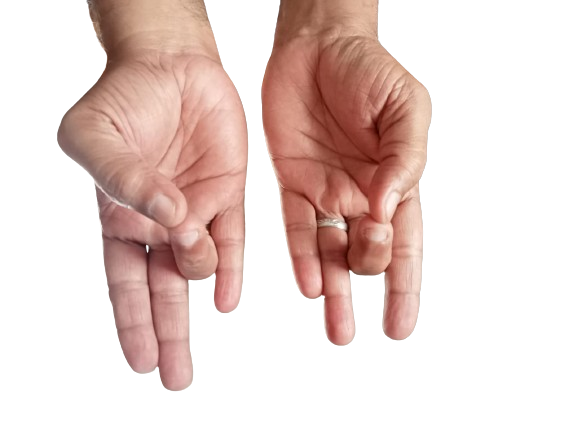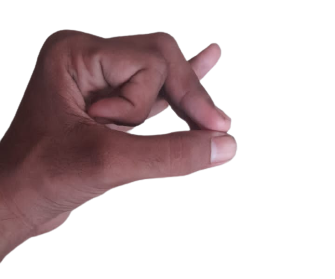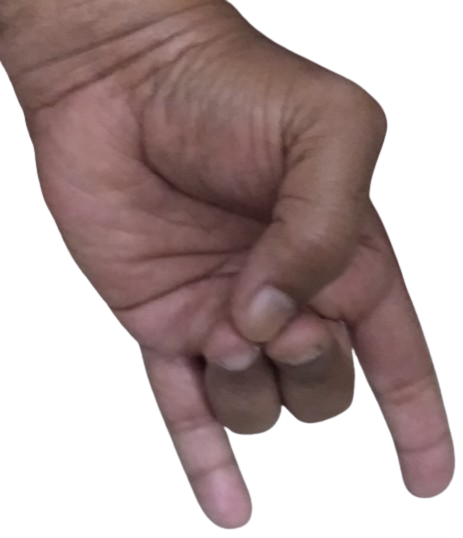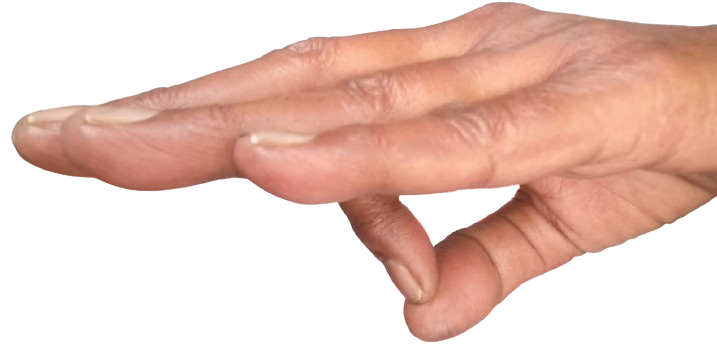Name of the book: Thirumoolar Thirumanthiram Thonmaiyin Meetteduppu - Kadavull Vaazhththu
Author: S.R. Thamizharasu
Considered by many as a work on god and as a medicinal book by few, Thirumoolar's Thirumanthiram is in reality a work on human anatomy. This may come as a surprise to many considering the fact this ancient text is thousands of years old.
Thirumoolar's Thirumanthiram is not only a work on human anatomy but this literature also stands testimony to the antiquity of Thamizh. In author's words, "Antiquity of a language can be gauged by its polysemous words. A language with seemingly endless numbers of polysemous words is a clear statement of how ancient the language could be. Considering the fact that Thirumoolar has written over 3,000 poems with liberal use of polysemy thousands of years ago is a proof of the richness of the language. If a language was so rich thousands of years ago, one can hardly imagine how ancient would the Thamizh race be. Thirumanthiram is a representation of the richness of Thamizh, Thirumoolar's indepth knowledge on human anatomy and his language proficiency that aided him in creating poems that though seemed to talk about the principles of life, was an indepth explanation of human anatomy."
Why Do We Say that Thirumoolar's Thirumanthiram is a book on Human Anatomy?
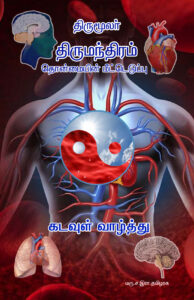
To drive home the point, I have used a few lines from the first 50 poems of Thirumoolar's Thirumanthiram. I give excerpts from the book, which gives a precise explanation.
Poem 4
அகலிடத் தார்மெய்யை அண்டத்து வித்தைப்
புகலிடத் தென்றனைப் போதவிட் டானைப்
பகலிடத் துமிர வும்பணிந் தேத்தி
இகலிடத் தேஇருள் நீங்கிநின் றேனே.
In the above song, Thirumoolar talks about atoms in the human body and cell division.
To read the explanation, you can purchase the book from this link .
Poem 25
பிறப்பிலி பிஞ்ஞகன் பேரரு ளாளன்
இறப்பிலி யாவர்க்கும் இன்பம் அருளும்
துறப்பிலி தன்னைத் தொழுமின் தொழுதால்
மறப்பிலி மாயா விருத்தமும் ஆமே.
In the above song, Thirumoolar explains that blood protects the body from pathogens including virus. He also talks about the role of blood in transporting hormones.
For detailed explanation of the songs, you can purchase Thirumoolar Thirumanthiram Thonmaiyin Meetteduppu - Kadavul Vaazhzhthu from Amazon Kindle.
Song 35
ஆற்றுகி லாவழி யாகும் இறைவனைப்
போற்றுமின் போற்றி புகழ்மின் புகழ்ந்திடில்
மேற்றிசைக் குங்கிழக் குத்திசை எட்டொடு
மாற்றுவன் அப்படி யாட்டவு மாமே.
In the 35-th song given above, Thirumoolar writes about the function of heart and the duration of cardiac cycle very precisely.
In the first two lines, Thirumoolar writes about the flow of blood to heart and in the last two lines he mentions that the duration of a cardiac cycle is .8 seconds.
For detailed explanation of the song along with explanation for the first fifty songs of Thirumoolar's Thirumanthiram, purchase the book from Amazon Kindle through this link.
Major Chakras Are Eight, Not Seven
Thirumoolar says major chakras in the body are eight in number. Check the post Major Chakras are Eight, Not Seven.
Though pineal is mentioned by few before 2nd century, it was only during 2nd century that the notion that pineal could be a gland was suggested. It was also named pineal owing to its structure during this period.
It was only during 20th century, in the year 1958, modern medicine was able to determine that pineal is an endocrine gland and that it secretes melatonin which regulates circadian rhythm.
Though pineal was a recent discovery by modern medicine, Thirumoolar has written about Pineal, its functions and structure in this work Thirumanthiram thousands of years ago. For more information on the related songs, check this post .
It is natural for the readers to come up with the following questions:
- Why can't these explanations be the author's perspective? With an astounding collection of polysemous words, it is quiet possible for a song to convey different meanings from various perspectives. Hence, on what basis could the explanation by this author be accepted as the original meaning?
- Even if the explanations given in this book are original meanings of the songs as intended by Thirumoolar, why were these songs considered as religious songs all through these centuries?
Author of the book, Thirumoolar Thirumanthiram Thonmaiyin Meetteduppu - Kadavull Vaazhththu has given a clear explanation to the first question in his book. Here is what he says, "It is quite commonly witnessed that interpretations of any literature like Thirukkural and Thirumanthiram carry the perspectives and beliefs of the author. who interprets the work. This work was written with utmost care to ensure such influence is avoided. Even if one wishes to interpret the songs so they convey explanations on anatomy and physiology, it is not possible to look for explanations for all the fifty songs as desired. Likewise, the possibility of the true meanings of all the 50 songs being as desired by the interpreter is also non-existent. In fact, it continues beyond 50 songs.
Now, to the second question. This too is answered by the author in his book. Here is what he writes: "In the process of passing on the original meaning of Thirumanthiram songs, that is, the human science, through generations, there would have been deviations, though not intentionally, resulting in conveying meanings that could not be further from the original meanings. Over a period of time, the songs ended up as descriptions of gods and associated beliefs. Now that modern science has grown, we are able to see the connection. For example, since we now know that bone marrow produces blood, we are able to comprehend the inner meaning of the particular song. Since the earlier generations that understoond Thirumanthiram as a religious text, did not get this opportunity to make a comparitive study, they were unable to read the depths of the ancient text. It is very clear that ancient people of Tamilnadu possessed wealth of information on human anatomy that modern science talks about now. Had there not been any deviations while knowledge was passed down through generations, people of Thamizh race would have learnt about medicine from Thirumanthiram."
As mentioned by the author, loss of such rich ancient knowledge has pushed Thamizh race behind by thousands of years. Through the book Thirumoolar Thirumanthiram Thonmaiyin Meeteduppu - Kadavull Vaazhththu, author Thamizharasu has begun his attempts to rediscover the antiquity of the language and also to announce to the world that the race boasts of ancestors who possessed rich knowledge on science.
Visit this page to purchase Thirumoolar Thirumanthiram Thonmaiyin Meetteduppu - Kadavull Vaazhththu by Thamizharasu S.R.
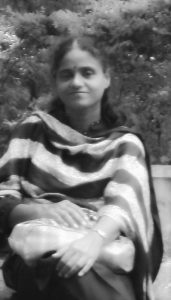
Rama Thamizharasu
Welcome to yogaaatral. I am a yoga therapist, SEO consultant, writer and translator. If you love pets, we invite you to visit our pet blog @ https://voiceofapet.blogspot.com/ and our YouTube Channel https://www.youtube.com/@PetsDiaryPages. We also welcome you to visit our YouTube channel on nature conservatism @ https://www.youtube.com/@letnaturelive1
